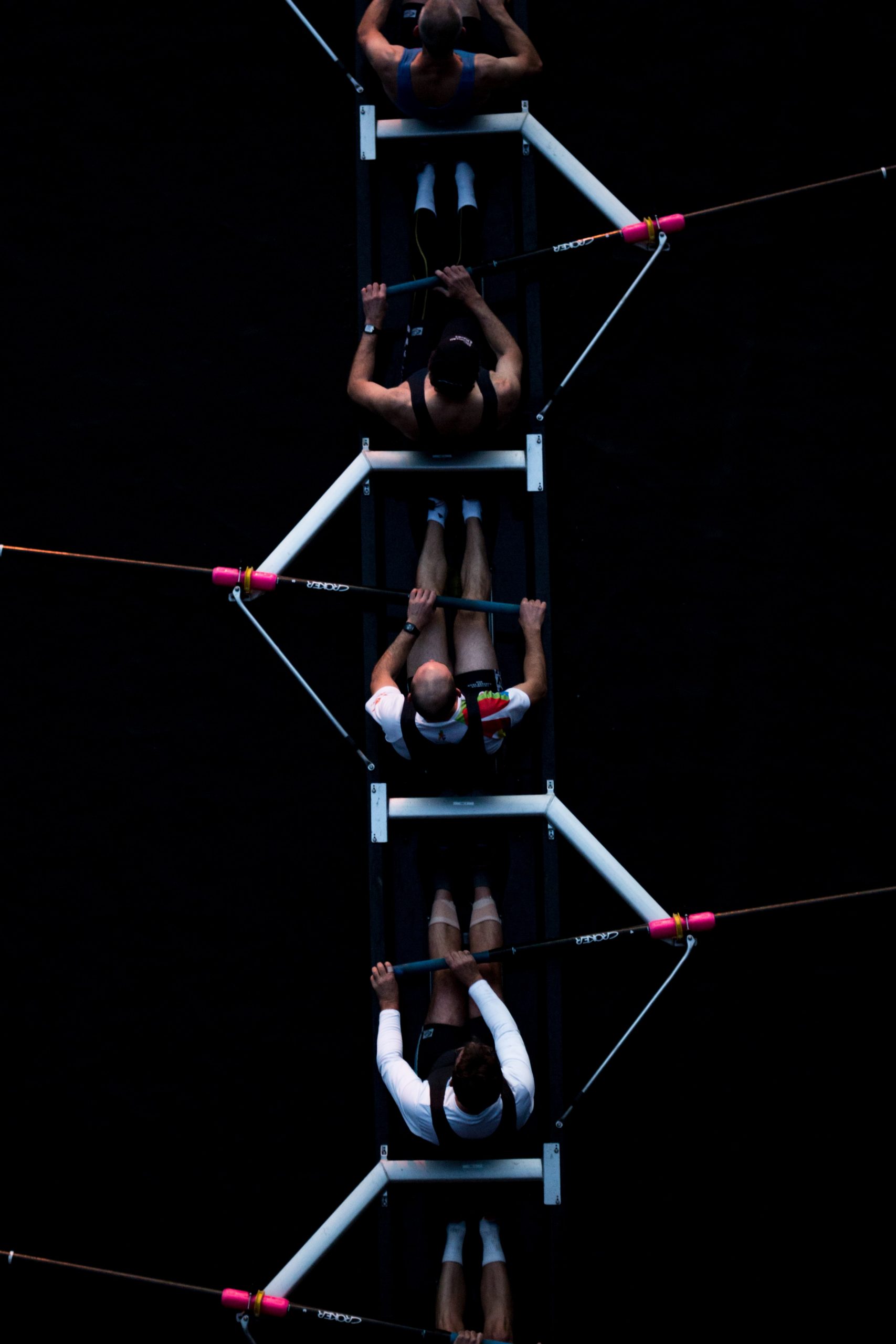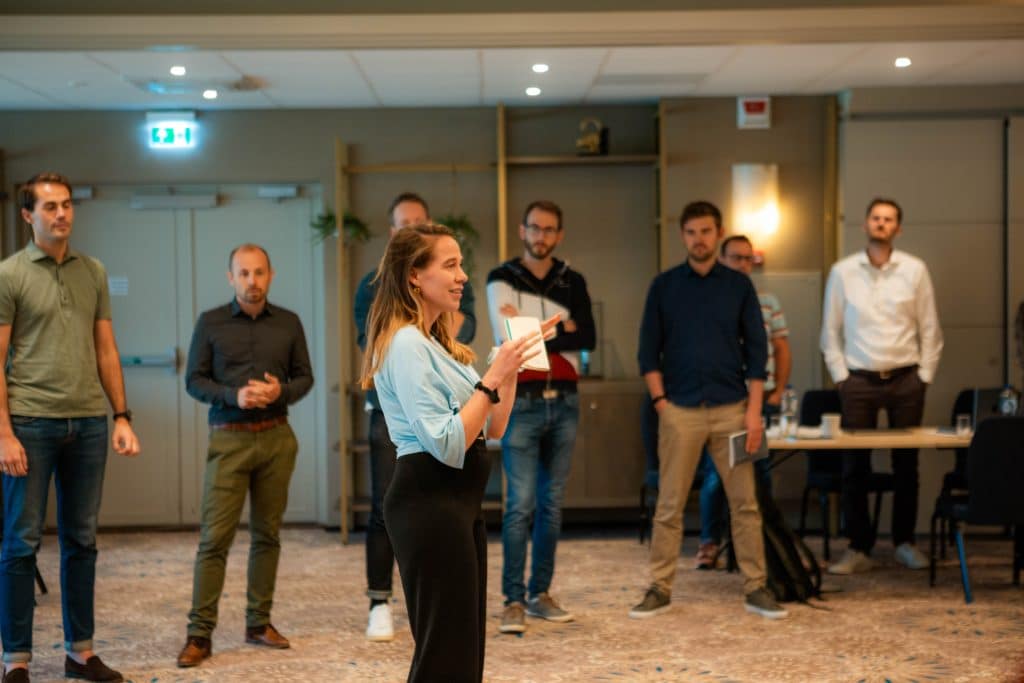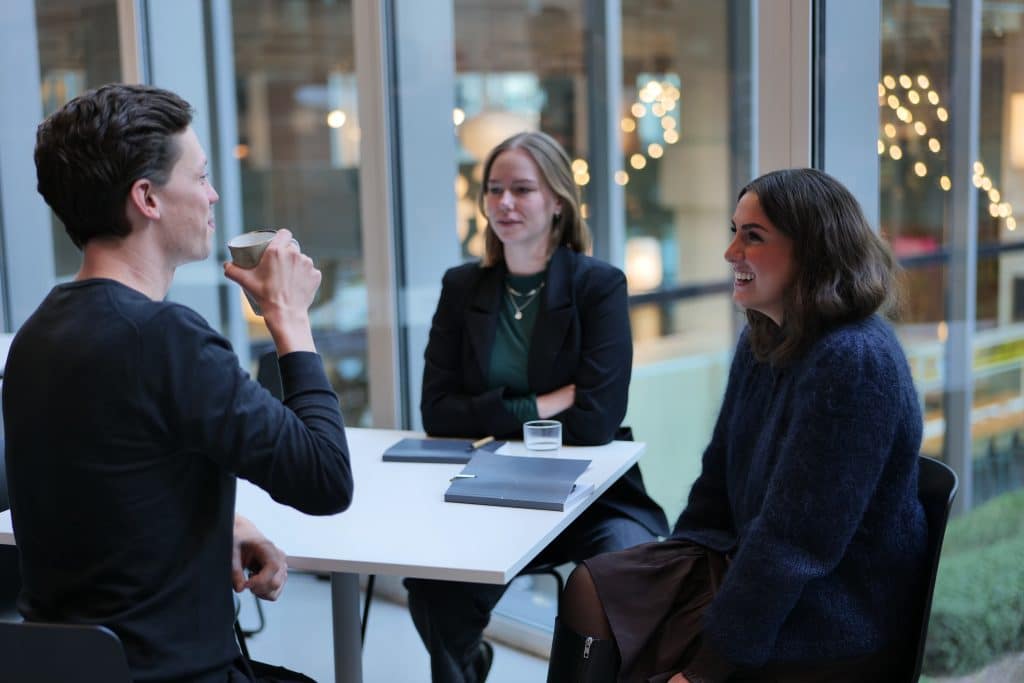Client: Stichting Alexander

Service: Strategy
Industry: Public
The Challenge: Exclusive Vacancies
Together with Stichting Alexander, an expert in participatory research for young people, we are participating in a Small Business Innovation Research (SBIR) program of the Dutch government. Namely, in the program that focuses on improving inclusivity and empowerment through Artificial Intelligence (AI). Our goal is to create a more inclusive labour market.
Our first step was to conduct a feasibility study. We will move forward to create a working prototype of our idea for a more inclusive labour market.
After watching the short video below, you will have a better understanding of the work that we do at Amsterdam Data Collective and the value that we can deliver with data. Rik, Co-Founder and Managing Director of Amsterdam Data Collective, talks about a case we did for A.S.R. Nereus. We have created a predictive algorithm to optimise sports performance.
The Challenge: Utilising Sports Performance Data
A.S.R. Nereus is a student rowing association in Amsterdam who regularly achieve fantastic performance and deliver world champion athletes and Olympic rowers. Inspired by examples from other sports such as baseball and cycling, A.S.R. Nereus was convinced that data can help them advance their rower performance.
The Approach: Creating a Strategy to Capture and Predict Sports Performance
It starts with a clear objective; the client knows what they want but it is just not clear how. So, the first thing that we need to do is to devise a strategy. How are we going to achieve the objective that the client has? In this case, we started with a design sprint, which is a very condense strategy creation process, where just after a few days or even half a day workshop we already know what we want to do. In this case it was clear very quickly that the biggest opportunity that A.S.R. Nereus has is to use their training and health data to make predictions about the optimal training schedule for each of the rowers.
The Solution: A Predictive Software Application and Algorithm to Optimise Sports Performance
The first thing we did was develop a database. With data that was added from apps that they were already using, such as Strava and Polar Beat. Next to that, we created an application where the rowers can enter their actual personal data on a daily basis, such as how do you feel and what is your resting heart rate today. With that we created a rower overview and a dashboard where they can see their information over time.
Then we got to work in two stages: Stage one is that we created an interactive dashboard, where we show descriptive statistics. So, what have we actually seen over time? Stage two is that we then use that historical information to make a prediction about the future, so we develop a diagnostic tool that helps the coaches create a personalised training schedule that the rowers can use to optimise their performance.
This is a typical Amsterdam Data Collective project and a great example of end-to-end data science. The client has an objective but does not really know how to get there. We then help them first with creating a strategy, we then develop a software application to capture the data that we need, and the final step is to create a predictive algorithm that helps the client make the best decision every time.
Let’s shape the future
Do you want to know more? Get in touch with Casper Rutjes or check our contact page.

Related Cases
What stage is your organisation in on its data-driven journey?
Discover your data maturity stage. Take our Data Maturity Assessment to find out and gain valuable insights into your organisation’s data practices.






